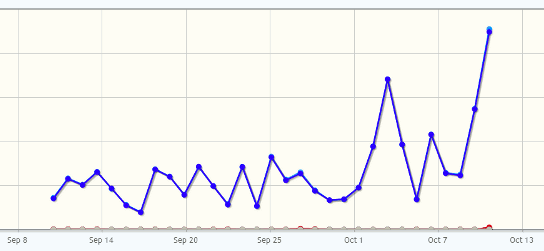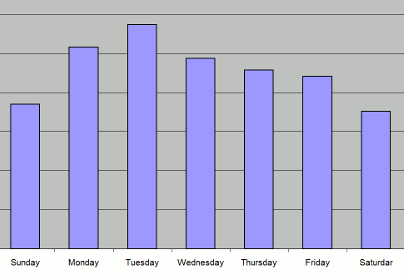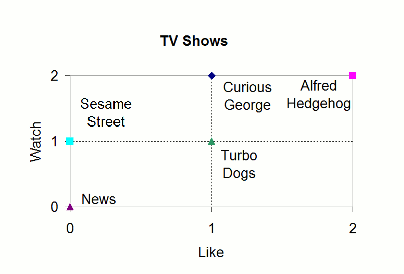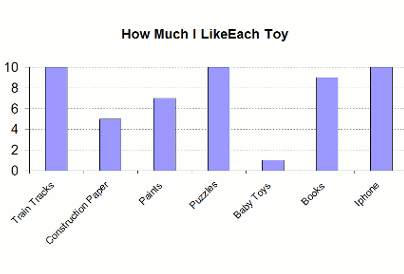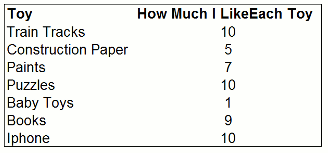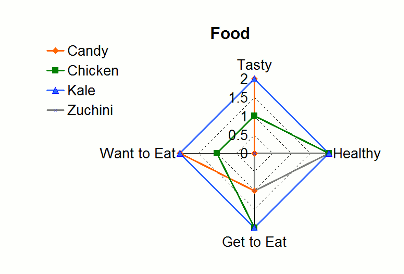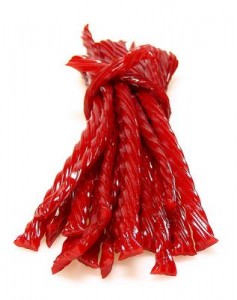Something happened to my sweet little boy when he entered Kindergarten a few months ago. He suddenly became completely and utterly immersed in the humor of body parts and bodily functions. Now, I get that children, especially those with Y-chromosomes, find this stuff funny, but really? Must every punchline be the same?
“Why did the chicken cross the road?” “POOP.”
“Knock, knock.” “Who’s there?” “POOP.”
C’mon, kid. You gotta mix it up a bit.
It doesn’t help matters that every other boy in his class thinks these jokes are HILARIOUS. With the amount of positive feedback he’s receiving, these jokes are likely to be around for years.
He and one of his best little buddies have also started talking lately about punching people’s “butts and weenies.” Which, while making me cringe (“weenies?” ick.), absolves me of responsibility, as we use anatomically correct terms in this house. (Also, he shouldn’t be talking about doing that.) I made him promise that he would try to cut back on saying it and that he would never, ever say it in front of his teacher. Which he didn’t. Until yesterday.
He arrived home after his very first school field trip. “How was it?” I asked, a bit too excited for the occasion.
“Kinda boring,” he said. “But,” lighting up, “Ms. L said it was my final warning before going to the Principal’s office.”
“The Principal?! What happen –”
“Butts and weenies.”
I was horrified. Here was my sweet boy, my Kindergartener no less, being warned about the Principal’s office. My upcoming parent-teacher conference played out in my head. The mortification of having to discuss “butts and weenies” with this woman was too much. Gavin and I had a loooong talk about why the Principal’s office is not a good thing and (yet again) why punching people’s butts and weenies is not acceptable behavior.
I think the message resonated quite well for, oh, a good five minutes. But how to make it sink in longer? Is there anything I can do? Or, is this just a normal childhood phase that I need to wait out? Advice welcome.
